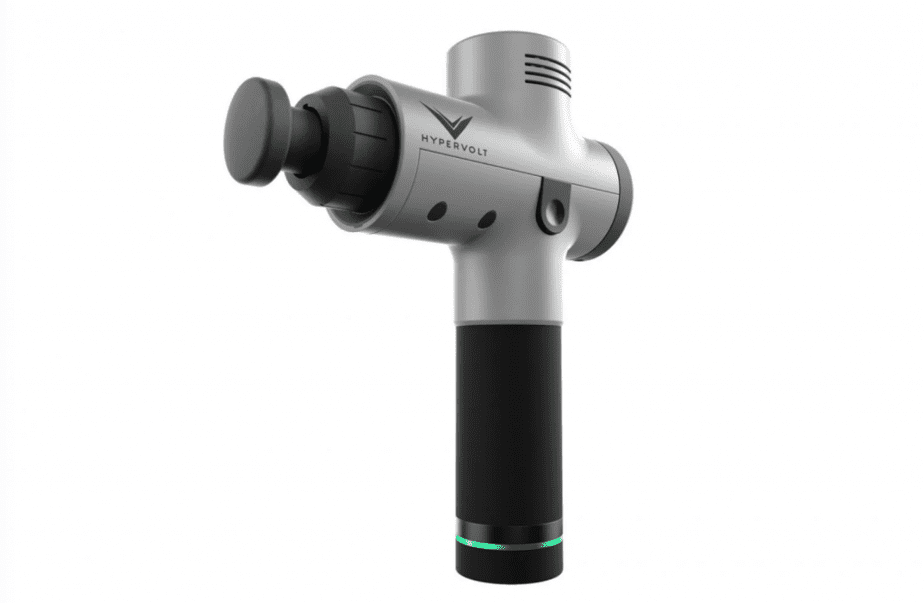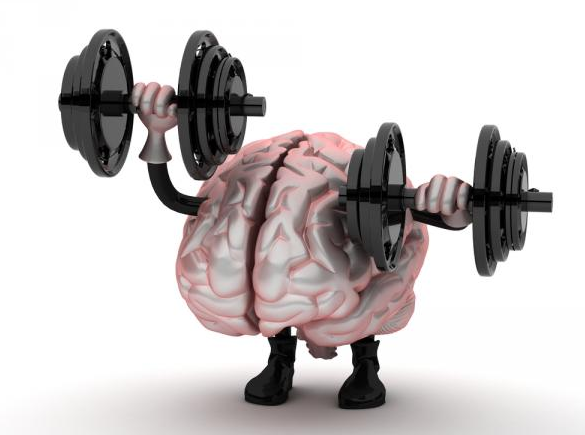
When it comes to exercising, a lot of us are under the illusion that we are required to go outside and run 5 kilometres daily in order to make a tangible difference, but what if we told you that wasn’t the case? In fact, what if we told you that you can still exercise at home and feel a tangible difference? Here we explore the role of vibration machines for passive exercise.
What Is A Vibration Machine?
Well, a vibrating machine is pretty much what is says on the tin. It is a vibrating plate that you stand on for set for a set amount of time. There are an array of products that are available on the market with different features. Some are larger than others with an array of settings, speed and variables.
How Does A Vibration Machine Work?
A vibration machine is a simple one, it is a plate that is attached a base. The plate is held in place by pillars that vibrate and move to allow for the vibration. The simple and effective design means that they are inexpensive to buy, compact in comparison to other home work out equipment and easy to store.
What Is Passive Exercise?
Passive exercise is a type of exercise that requires limited exertion and movement. These types of exercises are ideal for older people or those who are starting to get back into exercise. They are traditionally low impact exercises that reduce the chances of injury, such as a vibration plate. When first starting out with a vibration plate, you don’t even need to stand on it, you can start by sitting down if you are still working on your balance and then progress to standing.
Do Vibration Machines Work?
When vibration machines first came out, they were very quickly branded as a fad and not a useful form of exercise. Exercise has always been deemed to be something that requires a lot of effort and sustained effort, the idea that you could gain tangible benefits from passive exercise was dismissed. However, it turns out that this isn’t the case at all, vibration machines are actually excellent for an array of reasons!
Circulatory System
When you use the vibration plate for as little at 10 minutes per day, you can expect your circulation to improve, especially in your feet and hands. The movement of the plate stimulates blood flow and help promotes lymphatic drainage. If you are new to exercising, you may notice a reduction in swelling around your ankles and feet as blood is moved through your system at a better rate. Increased circulation also promotes better recovery, especially in delayed onset soreness (DOMS), as the amount of red blood cells that are moved through the affected area is increased.
Muscle Toning
When you stand on a vibration plates that’s turned on, you will be using an array of muscles to keep yourself stable on the plate. This natural stabilisation means that you are building and strengthening key muscle groups, such as your core, hamstrings, quadriceps and glutes. All these muscles work together to keep you stable on the plate and with increased vibration, the more the muscles have to work in order to keep you upright. With sustained use, you may not see vast improvement in muscle density, but you will a lot more stable when you stand up or have to walk on uneven ground.
Developing Your Training
Once you have mastered the art of standing on the vibration plate to tone your core muscle groups, you can then develop your training to target other areas. This moves the exercise from passive to active. You can do pushups, squats and other movements to work on your stability and core areas.
Bone Density and Tendon Strength
Whilst this research is still in its early stages, there are arguments that consistent vibration plate training can help increase bone density. This is due to the increase in blood flow, circulation and lymphatic drainage. Tendon strength is notoriously difficult to build, however with sustained effort you will be able to achieve this. Tendon strength is built through stability work, so make sure you are consistent with your training.
Final Thoughts
Previously, it was thought that vibration plates and passive exercise were another fitness fad that would fade into the distance as passive exercise wasn’t viewed as beneficial. However, this isn’t the case at all and in fact, it is beneficial, especially for those that are getting into exercise or want a low impact way of gradually building strength. Whilst you won’t build the same volume of muscle density you would with traditional work out techniques, you will still see and feel the benefits of better circulation, lymphatic drainage, bone density and tendon strength.

















Follow Us